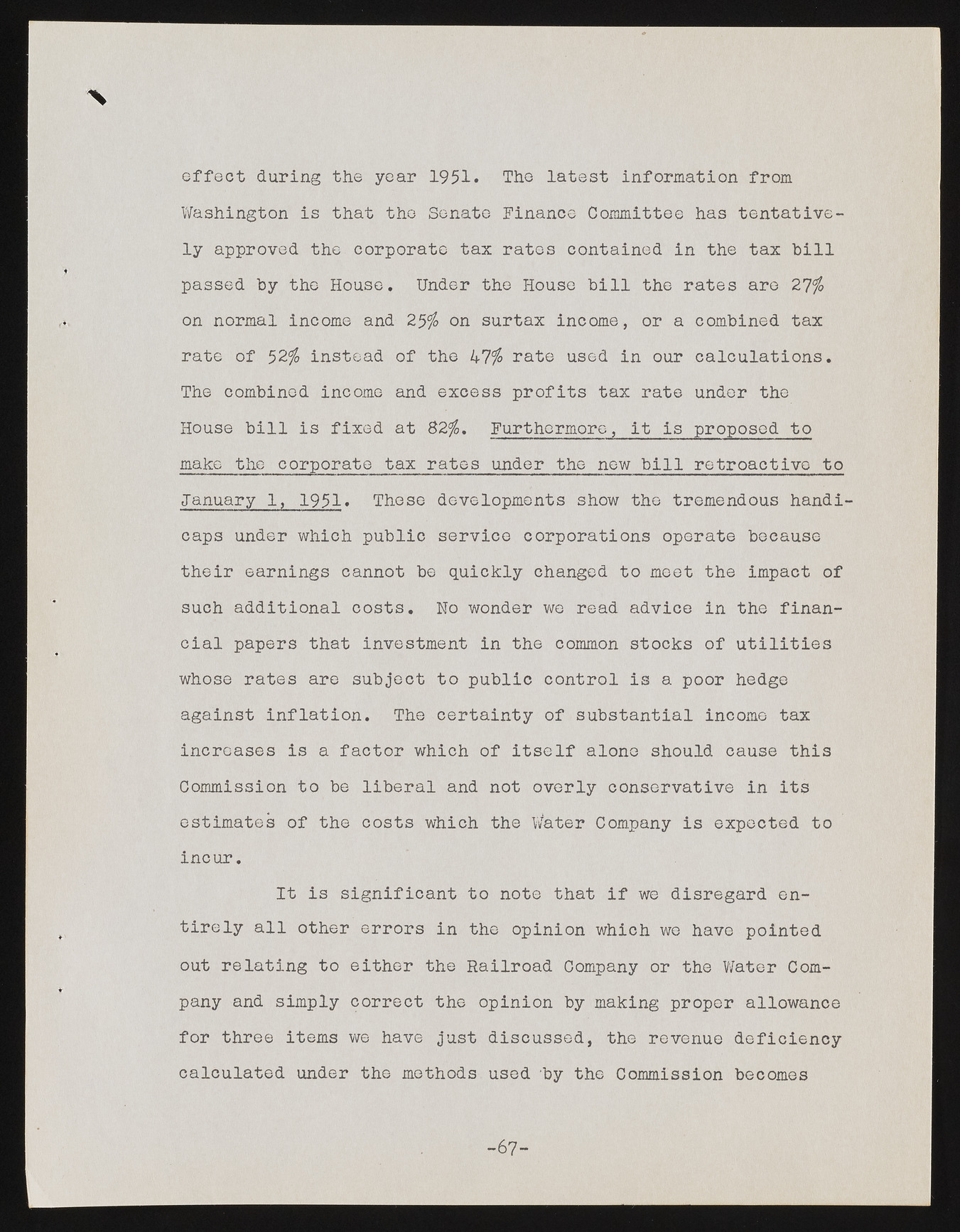Copyright & Fair-use Agreement
UNLV Special Collections provides copies of materials to facilitate private study, scholarship, or research. Material not in the public domain may be used according to fair use of copyrighted materials as defined by copyright law. Please cite us.
Please note that UNLV may not own the copyright to these materials and cannot provide permission to publish or distribute materials when UNLV is not the copyright holder. The user is solely responsible for determining the copyright status of materials and obtaining permission to use material from the copyright holder and for determining whether any permissions relating to any other rights are necessary for the intended use, and for obtaining all required permissions beyond that allowed by fair use.
Read more about our reproduction and use policy.
I agree.Information
Digital ID
Permalink
Details
Member of
More Info
Rights
Digital Provenance
Publisher
Transcription
\ effect during the year 1951* The latest information from Washington is that the Senate Finance Committee has tentatively approved the corporate tax rates contained in the tax hill passed by the House. Under the House bill the rates are 27$ on normal income and 25$ on surtax income, or a combined tax rate of 52$ instead of the 47$ rate used in our calculations. The combined income and excess profits tax rate under the House bill is fixed at 82$. Furthermore, it is proposed to make the corporate tax rates under the new bill retroactive to January 1, 1951« These developments show the tremendous handicaps under which public service corporations operate because their earnings cannot be quickly changed to meet the impact of such additional costs. No wonder we read advice in the financial papers that investment in the common stocks of utilities whose rates are subject to public control is a poor hedge against inflation. The certainty of substantial income tax increases is a factor which of itself alone should cause this Commission to be liberal and not overly conservative in its estimates of the costs which the Water Company is expected to incur. It is significant to note that if we disregard entirely all other errors in the opinion which we have pointed out relating to either the Railroad Company or the Water Company and simply correct the opinion by making proper allowance for three items we have just discussed, the revenue deficiency calculated under the methods used by the Commission becomes -67-

